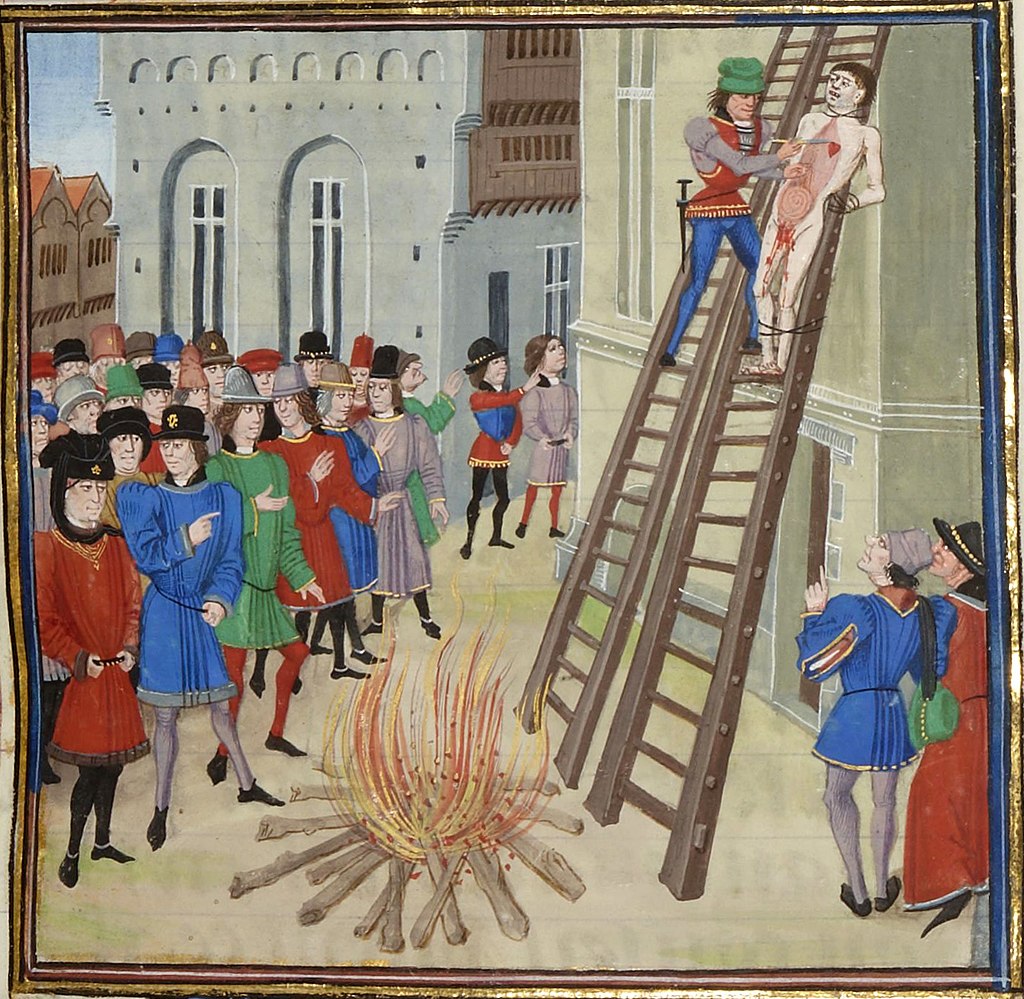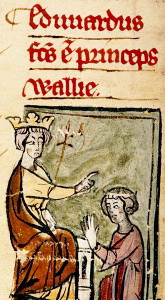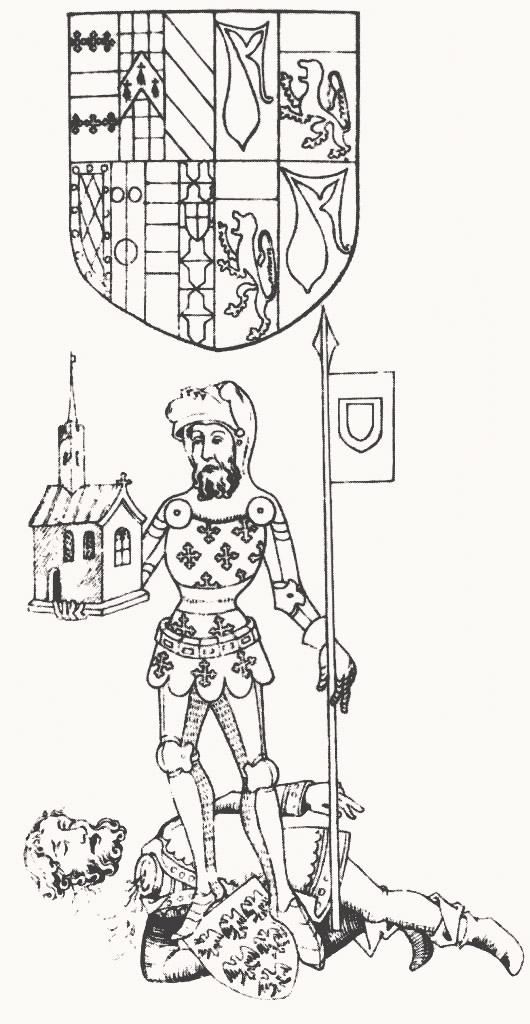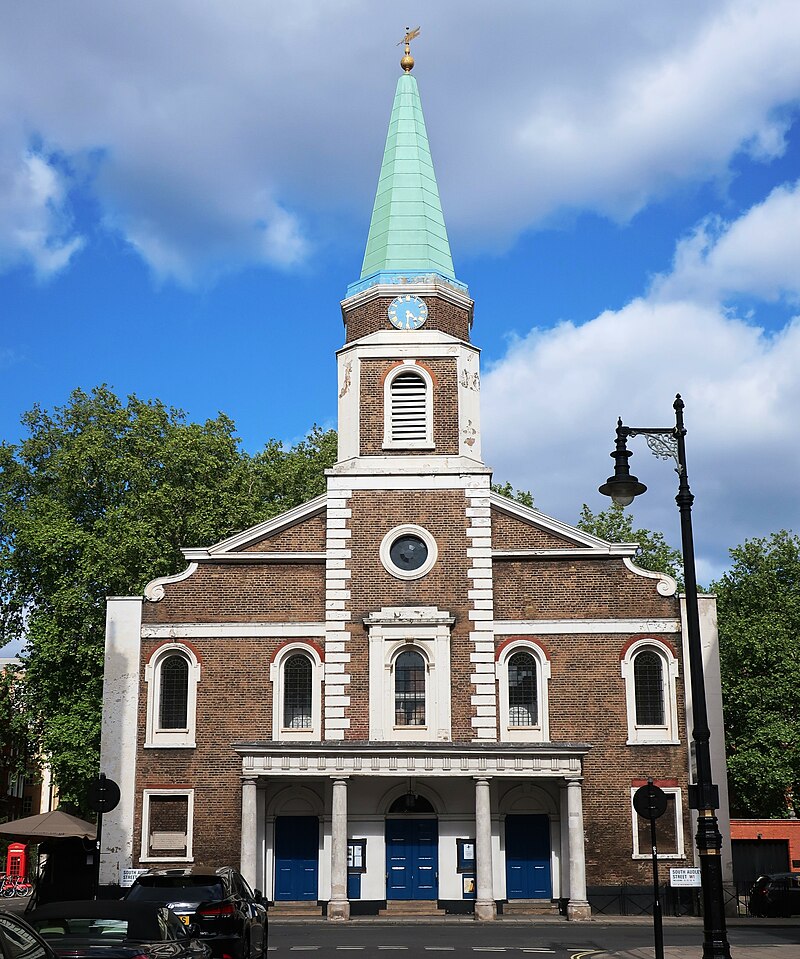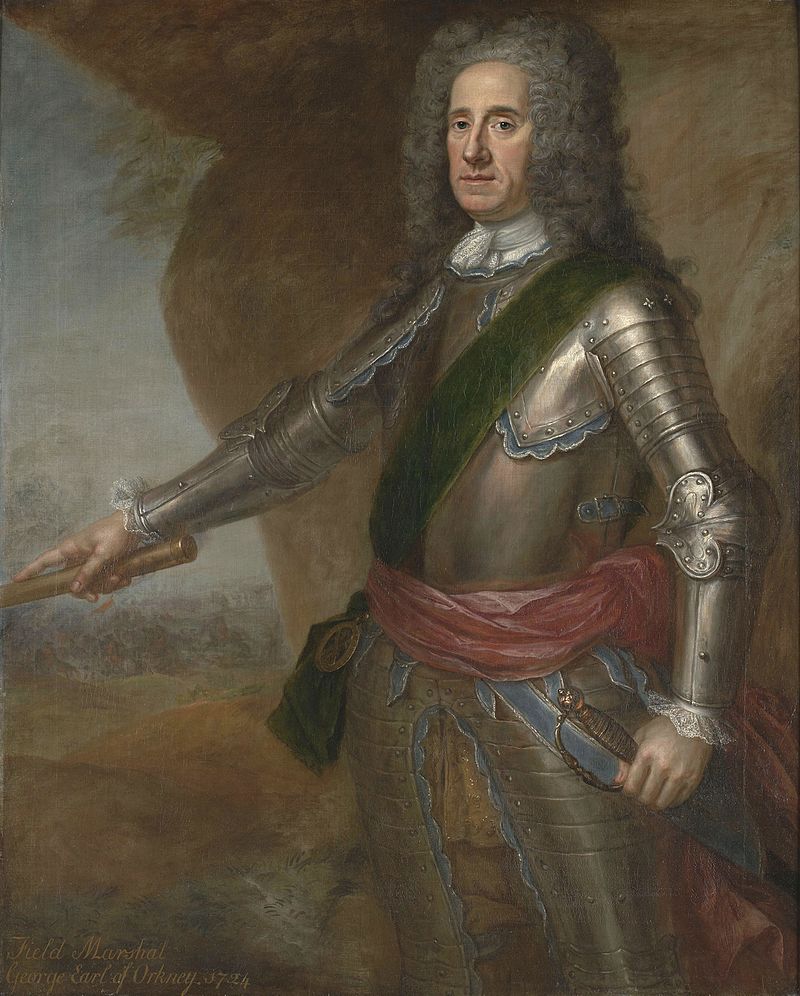by Susan Flantzer
© Unofficial Royalty 2021

Sidney Godolphin, 1st Earl of Godolphin; Credit – Wikipedia
Favorite: a person treated with special or undue favor by a king, queen, or another royal person
Sidney Godolphin, 1st Earl of Godolphin, first a favorite of King Charles II of England, and also served in several positions during the reigns of Charles II, James II, William III and Mary II, and Anne. He was born on June 15, 1645, in Breage, Cornwall, England, the son of Sir Francis Godolphin (1605 – 1667) and Dorothy Berkeley, a daughter of Sir Henry Berkeley of Yarlington. The Godolphins were an old Cornish family and Sidney’s father was a landowner, politician, and Member of Parliament. Sidney’s paternal uncle, his namesake, was the poet Sidney Godolphin who died fighting in the Royalist army in the English Civil War.
Sidney had at least fourteen siblings. Some of his siblings have little or no information so it is probable that they died in infancy or childhood.
- Elizabeth Godolphin (1635 – 1707), married Sir Arthur Northcote, 2nd Baronet, had eight children
- Thomasina Godolphin (born and died 1636)
- Dorothea Godolphin (1637 – ?)
- Sir William Godolphin, 1st Baronet (circa 1640 – 1710), unmarried
- Francis Godolphin (circa 1642 – 1675), unmarried
- Jael Godolphin (1647 – 1730), married Edward Boscawen, had three children
- Reverend Henry Godolphin (1648 – 1733), married Mary Godolphin, had two children, was Provost of Eton College and Dean of St. Paul’s Cathedral
- Charles Godolphin (circa 1651 – 1720), married his cousin Elizabeth Godolphin, had two children
- Catheryn Godolphin (1655 – ?)
- Anne Godolphin (1657 – ?)
- Frances Godolphin
- Margaret Godolphin
- Penelope Godolphin
- Edward Godolphin
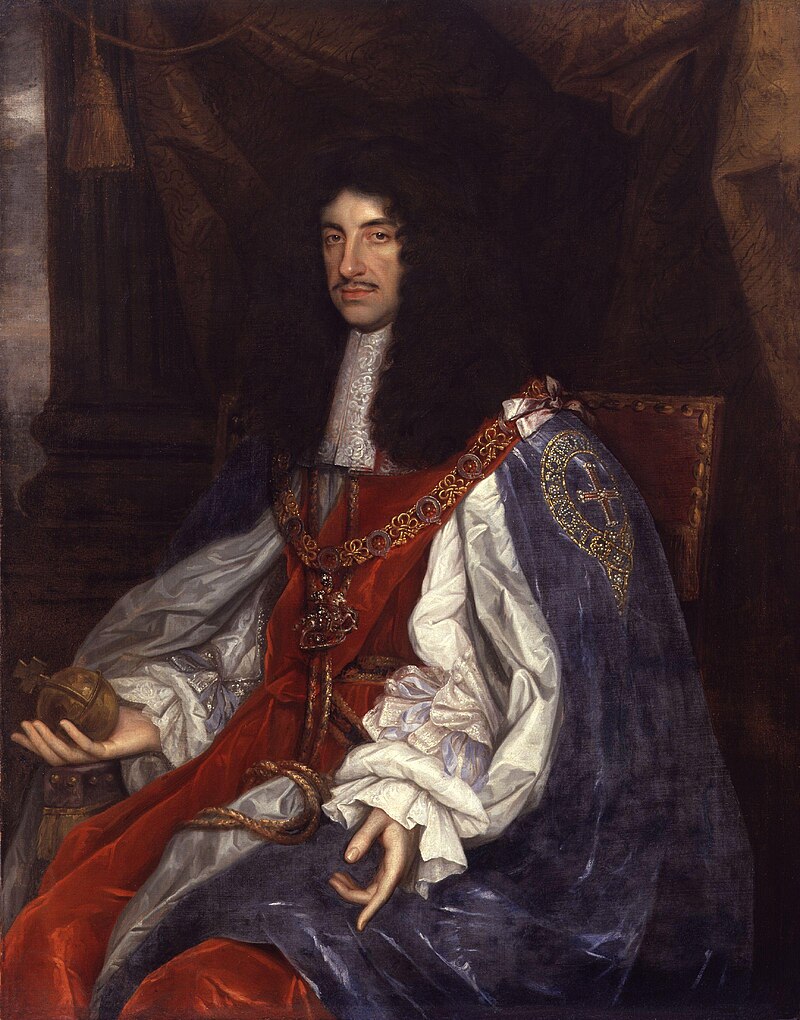
King Charles II of England; Credit – Wikipedia
In 1660, during the period known as the Restoration, the Stuart monarchy was restored and King Charles II returned from exile in Europe. The Godolphin family were staunch Royalists and in 1662, seventeen-year-old Sidney became a page of honor (1662 – 1668) to King Charles II. During his time as a page, Sidney made the acquaintance of John Churchill, the future 1st Duke of Marlborough, then a page to the Duke of York, Charles II’s brother and the future King James II. Sidney and John Churchill became friends and later, political allies.
From 1670 – 1678, Sidney served King Charles II as Groom of the Bedchamber and then served him as Master of the Robes from 1678 – 1679. Charles said Sidney was “never in the way and never out of the way”. Sidney must have made a favorable impression on King Charles II because he served on two important diplomatic missions: envoy-extraordinary to King Louis XIV of France in 1672 and then in 1678, to Willem III Prince of Orange (the future William III, King of England). Besides his positions at court, Sidney served as a Member of Parliament from 1665 – 1685.

Margaret Blagge, Sidney’s wife; Credit – Wikipedia
On May 16, 1676, Sidney married Margaret Blagge, daughter of Colonel Thomas Blagge, a Royalist supporter. Margaret had been a maid of honor to Anne Hyde, Duchess of York, the first wife of the future King James II and the mother of Queen Mary II and Queen Anne. When the Duchess of York died in 1671, Margaret became a maid of honor to Catherine of Braganza, the wife of King Charles II. Sidney and Margaret had one child but sadly, Margaret died from childbirth complications on September 9, 1678, six days after the birth of her son. Sidney never married again.
- Francis Godolphin, 2nd Earl of Godolphin (1678 – 1766), married Lady Henrietta Churchill, the eldest daughter of John Churchill, 1st Duke of Marlborough, had five children
Sidney was appointed a member of the Privy Council in March 1679. In 1684, King Charles II raised Sidney to the peerage, creating him Baron Godolphin of Rialton. He was named First Lord of the Treasury on September 9, 1684, a position he would hold at times during the reigns of Charles II, James II, William III and Mary II, and Anne.

King James II; Credit – Wikipedia
Upon the death of King Charles II in 1685, his brother succeeded him as King James II. Sidney was named Chamberlain of the Household of King James II’s second wife, born Maria Beatrice of Modena. Between 1675 and 1684, Maria Beatrice had ten pregnancies and gave birth to five live children, all of whom died young. On June 10, 1688, Maria Beatrice gave birth to a boy, James Francis Edward, later known as the Old Pretender. Rumors soon swirled that Maria Beatrice had had a stillbirth and the dead baby was replaced with one smuggled into her bed via a warming-pan even though many had witnessed the birth including James II’s younger daughter Anne. Sidney was present at the birth but diplomatically said that he was too far from the bed to see anything.

Queen Mary II and King William III; Credit – Wikipedia
Fearful of a return to Catholicism, some members of Parliament began what is called the Glorious Revolution and King James II was overthrown and succession rights for his son James Francis Edward were denied. When James II’s nephew and son-in-law William III, Prince of Orange landed in England prepared for battle, Sidney was one of the council of five appointed by King James II to represent him in negotiations with the Prince of Orange. Parliament invited James IIs’ elder daughter Mary and her husband William III, Prince of Orange to jointly reign as King William III and Queen Mary II. When it became clear that James II would not be able to regain the throne, Sidney decided to retire from public life, but William III and Mary II soon called him back into service, in November 1690, again as First Lord of the Treasury. Despite being in the service of William and Mary, Sidney maintained a secret correspondence with James II and disclosed intelligence.

Queen Anne; Credit – Wikipedia
In 1702, James II’s younger daughter Anne succeeded to the throne. Once again, Sidney was appointed First Lord of the Treasury on the strong recommendation of his old friend John Churchill, now 1st Duke of Marlborough, and he remained in this office for eight years. Sarah Churchill, Duchess of Marlborough, Queen Anne’s close friend, later wrote that if Anne learned anything about politics and statecraft, it was entirely due to Sidney’s mentoring. Queen Anne made Sidney a Knight of the Garter in 1704, and in 1706, she created him and Earl of Godolphin and Viscount Rialton.
Both Sidney and the Marlboroughs gradually lost their favor with Queen Anne but their services were so valued by the nation that they continued to maintain their influence. However, in 1708, Queen Anne finally succeeded in ousting Marlborough and Sidney. Sidney Godolphin, 1st Earl of Godolphin died, aged 67, on September 15, 1712, in St. Albans, Hertfordshire, England. He was buried in the south aisle of the nave of Westminster Abbey in London, England. On a nearby wall is a bust of him by the sculptor Francis Bird.

Bust of Sidney Godolphin, 1st Earl of Godolphin in Westminster Abbey; Credit – https://www.westminster-abbey.org/abbey-commemorations/commemorations/godolphin-family
This article is the intellectual property of Unofficial Royalty and is NOT TO BE COPIED, EDITED, OR POSTED IN ANY FORM ON ANOTHER WEBSITE under any circumstances. It is permissible to use a link that directs to Unofficial Royalty.
Works Cited
- De.wikipedia.org. 2021. Sidney Godolphin, 1. Earl Of Godolphin. [online] Available at: <https://de.wikipedia.org/wiki/Sidney_Godolphin,_1._Earl_of_Godolphin> [Accessed 23 January 2021].
- En.wikipedia.org. 2021. Sidney Godolphin, 1St Earl Of Godolphin. [online] Available at: <https://en.wikipedia.org/wiki/Sidney_Godolphin,_1st_Earl_of_Godolphin> [Accessed 23 January 2021].
- Fraser, Antonia, 1979. King Charles II. London: Phoenix.
- Genealogics.org. 2021. Leo’s Genealogics Website. [online] Available at: <https://www.genealogics.org/index.php> [Accessed 23 January 2021].
- Somerset, Anne, 2012. Queen Anne: The Politics of Passion. New York: Vintage Books.
- Thepeerage.com. 2021. The Peerage: A Genealogical Survey Of The Peerage Of Britain As Well As The Royal Families Of Europe. [online] Available at: <http://www.thepeerage.com/> [Accessed 23 January 2021].
- Van Der Kiste, J., 2003. William And Mary. Thrupp: Sutton Publishing.






